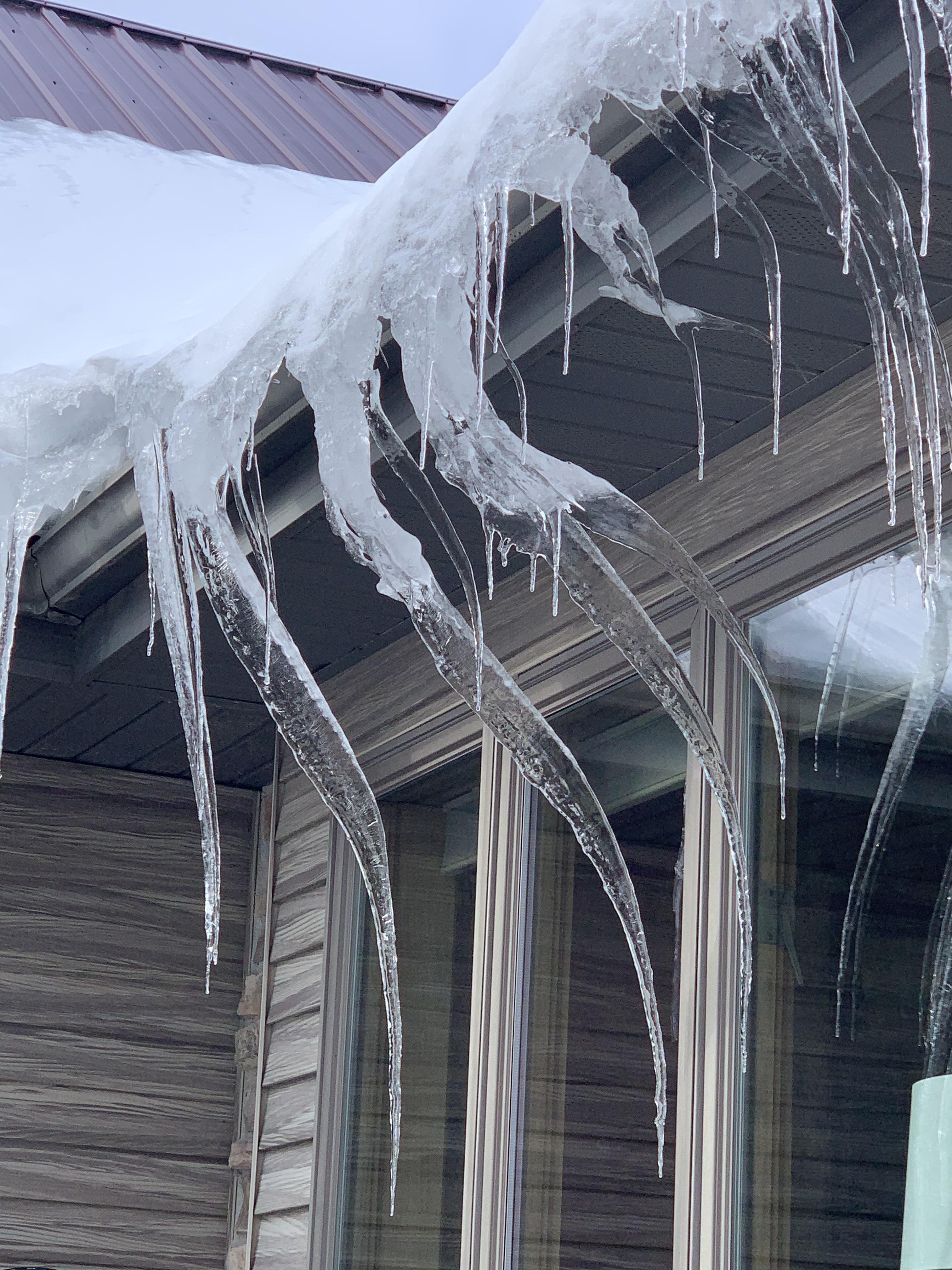While Austin, Texas, is known for its mild winters, occasional cold snaps and freezing temperatures can catch homeowners off guard. When temperatures drop below freezing, unprepared homes can suffer burst pipes, costly water damage, and heating system failures. Fortunately, with a few simple precautions, you can protect your home and avoid expensive repairs. Here’s how to secure your home—especially your pipes—before, during, and after a freeze in Austin.
1. Insulate and Protect Your Pipes
One of the biggest risks during freezing temperatures is burst pipes. When water inside your pipes freezes, it expands and can cause pipes to crack or burst, leading to serious flooding and damage. Here’s how to prevent this:
- Wrap exposed pipes: Use pipe insulation, foam covers, or even towels secured with duct tape to protect outdoor and unheated pipes.
- Disconnect and drain outdoor hoses: Leaving hoses attached can cause ice to back up into your pipes.
- Shut off outdoor water sources: If possible, turn off water to exterior faucets and use faucet covers to insulate them.
2. Keep Faucets Dripping
A slow, steady drip from your faucets can prevent pipes from freezing by keeping water flowing. This is especially important for:
- Faucets along exterior walls (kitchen and bathroom sinks).
- Pipes in unheated areas like garages and attics.
- Both hot and cold water lines—don’t forget to drip warm water, too.
3. Open Cabinets and Interior Doors
Allow warm air to circulate around your plumbing by:
- Opening kitchen and bathroom cabinet doors under sinks.
- Leaving interior doors open to help heat move throughout your home.
4. Maintain Indoor Heating
Even if you’re leaving home for a few days, keep your thermostat set to at least 55°F to prevent pipes from freezing. Additional heating precautions include:
- Ensuring all vents are open and unblocked.
- Using space heaters safely in rooms with vulnerable pipes.
- Checking for drafts around windows and doors and sealing them with weather stripping.
5. Prepare for a Power Outage
Texas has experienced unexpected winter power outages in the past, and it’s best to be prepared. Here’s what to do:
- Stock up on blankets, firewood, and emergency heat sources.
- Charge phones, power banks, and flashlights in advance.
- Have extra water stored in case pipes freeze and disrupt your water supply.
6. Know How to Shut Off Water in an Emergency
If your pipes do freeze, knowing how to turn off your main water valve can prevent serious damage. Locate your home’s shut-off valve (usually outside near the meter) and ensure you have the right tool to turn it off.
7. Check for Damage After the Freeze
Once temperatures rise, inspect your home for any signs of damage:
- Turn faucets on slowly and check for weak or no water flow—this could indicate a frozen or burst pipe.
- Look for water stains on ceilings and walls, which may signal a leak.
- Listen for hissing or dripping sounds inside walls, which could indicate a hidden burst pipe.
Protecting Your Home from Winter Weather
While freezing temperatures in Austin are rare, taking these precautions can save you thousands in repairs and stress. A little preparation goes a long way in preventing winter-related home damage.
Looking for a Home That’s Ready for Winter?
If you’re searching for a home in Austin, it’s important to consider insulation, plumbing, and weather readiness. Working with an experienced realtor in Austin can help you find a home that meets your needs—no matter the season.
Contact Brendan Sanford today at (512) 696-0673 or email him at [email protected] to explore Austin’s real estate market. With the help of an experienced realtor in Austin, you can find the perfect home that’s ready for any weather.
